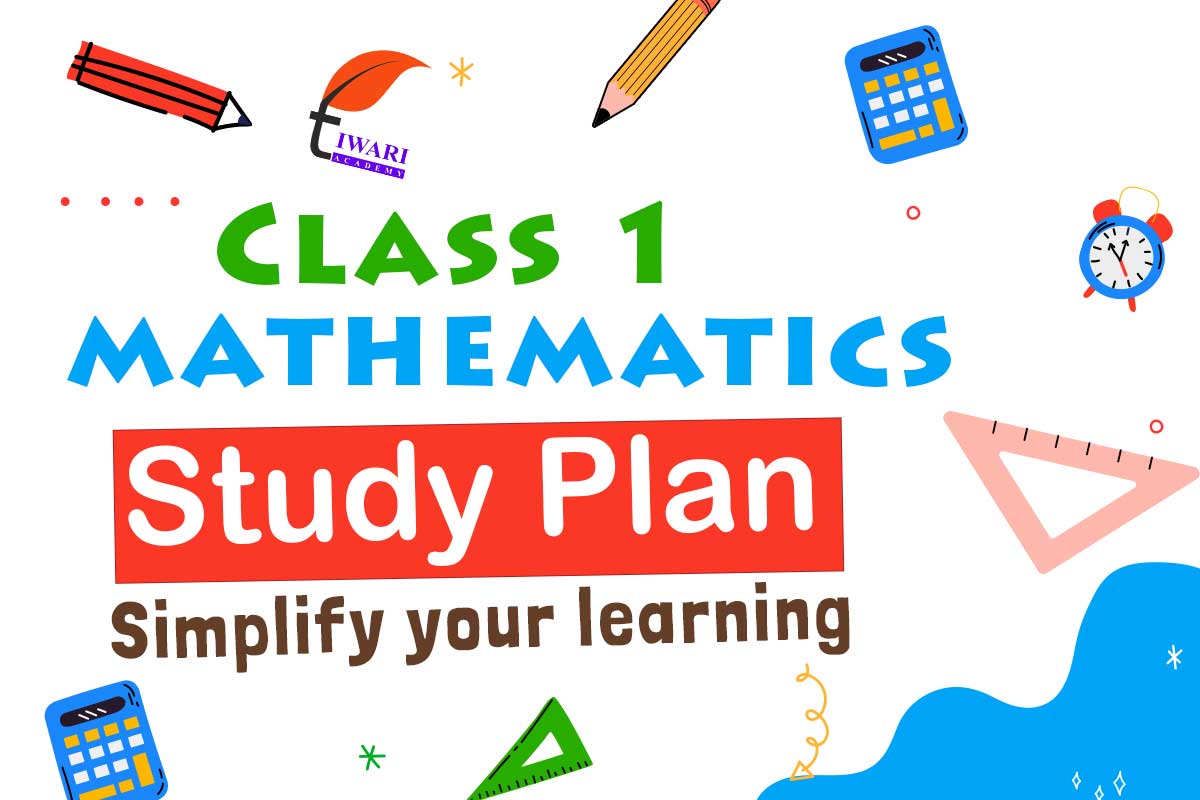Building a Strong Foundation with a Class 1 Maths Study Plan: A well-structured study plan for Class 1 Maths lays a strong foundation for young learners to build their numeracy skills. Covering essential topics like addition, subtraction and counting activities, a balanced schedule ensures consistent practice and enjoyment in learning. Incorporating interactive Maths games and fun learning activities can transform daunting concepts into engaging challenges for students. Parents and teachers can utilize worksheets for Class 1 and online classes to support personalized learning. Focusing on shapes and patterns along with other basic Maths concepts ensures a holistic approach to early mathematical education, enabling students to grasp problem-solving techniques and build confidence.

